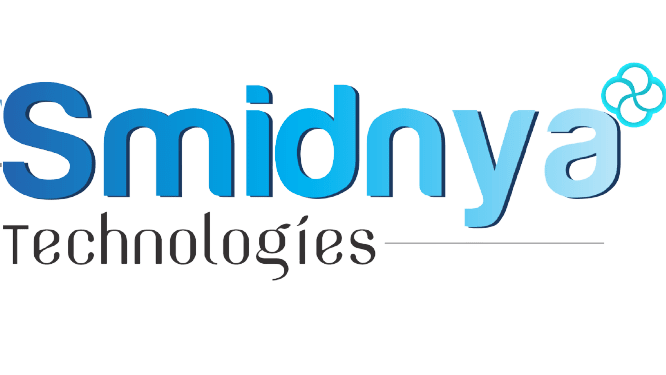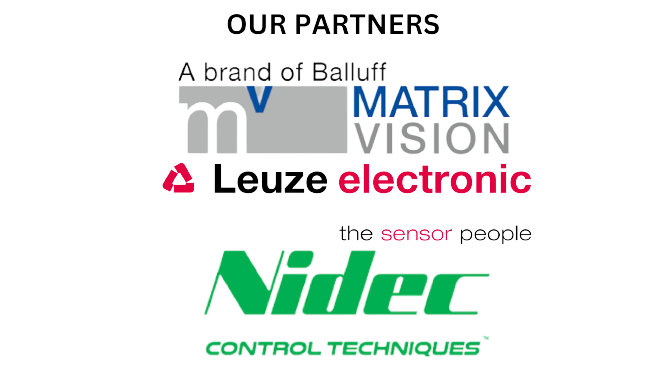How are track and trace solutions implemented in manufacturing?
Track and trace solutions are implemented in manufacturing through a combination of hardware, software, and process changes to enable the tracking and tracing of products or components throughout the manufacturing process. Here's an overview of how track and trace solutions are typically implemented in manufacturing:
Identification and labeling: Each product or component is assigned a unique identifier, such as a barcode or RFID tag, which is affixed to the item. This identifier serves as a digital "license plate" that allows the product to be tracked throughout the manufacturing process.
Data capture: As products or components move through the manufacturing process, data is captured at various stages using scanners, sensors, or other data capture devices. This data may include information such as product specifications, production timestamps, and quality control results. The captured data is typically stored in a centralized database or a cloud-based system.
Data integration: The captured data is integrated with other relevant data, such as data from enterprise resource planning (ERP) systems, manufacturing execution systems (MES), and other production-related systems. This integration allows for real-time visibility and traceability of products or components as they move through the manufacturing process.
Traceability: With the integrated data, manufacturers can trace the movement of products or components at each stage of the manufacturing process. This enables them to identify the source of any issues or defects and take appropriate corrective actions.
Analytics and reporting: Manufacturers can use analytics and reporting tools to gain insights from the captured data. This may include identifying bottlenecks in the production process, analyzing quality trends, and optimizing production workflows for better efficiency.
Verification and authentication: Track and trace solutions also enable product verification and authentication to ensure that products or components are genuine and not counterfeit or tampered with. This is particularly important in industries with strict regulatory requirements, such as pharmaceuticals and electronics.
Compliance and reporting: Manufacturers may need to comply with industry or regulatory requirements related to track and trace, such as serialization requirements in pharmaceuticals. Track and trace solutions help generate reports and documentation to demonstrate compliance with these requirements.
Overall, track and trace solutions in manufacturing are implemented through a combination of identification and labeling, data capture, data integration, traceability, analytics and reporting, verification and authentication, and compliance and reporting, to enable real-time visibility, traceability, and quality control throughout the manufacturing process.

